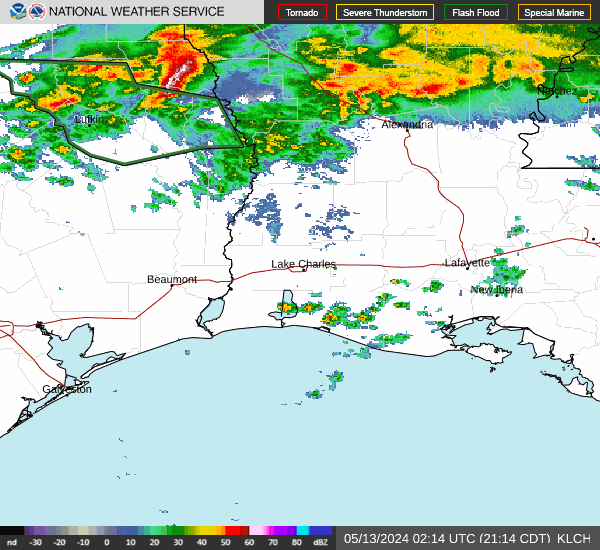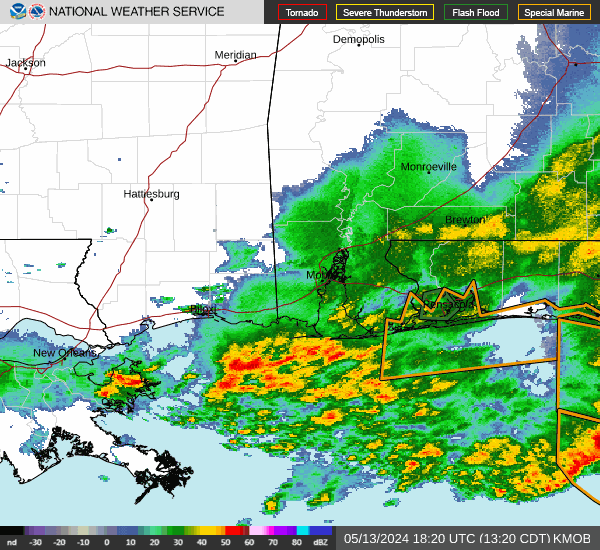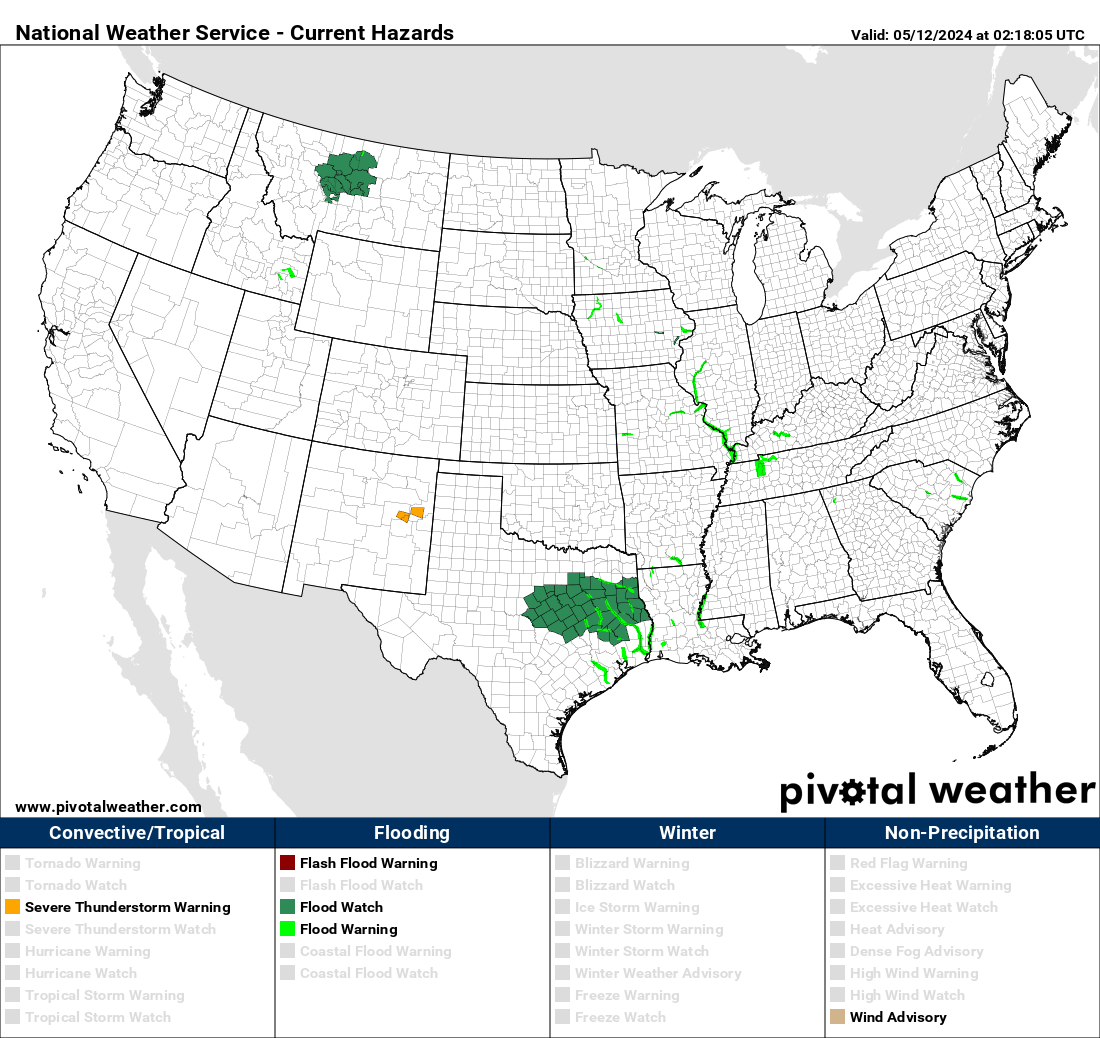Post by MobileWeatherWatcher on Oct 6, 2020 20:51:49 GMT -6
Hurricane Delta Discussion Number 10
NWS National Hurricane Center Miami FL AL262020
1000 PM CDT Tue Oct 06 2020
Observations from a NOAA Hurricane Hunter aircraft and conventional
and microwave satellite imagery indicate that Delta has not
intensified since earlier today. The central pressure has risen
somewhat and the current intensity estimate, 115 kt, is probably
generous based on flight-level and SFMR-observed surface winds from
the NOAA plane. Although the hurricane continues to have very deep
convection near and over the center, the cloud pattern lacks
well-defined banding features, and an eye is not evident on either
geostationary or polar-orbiting satellite images. Surveillance
data from the NOAA G-IV aircraft suggest that Delta's circulation
does not extend as markedly into the upper troposphere as one would
expect for a major hurricane. Given the current state of the
system, not much strengthening seems likely before the center
reaches northeastern Yucatan tomorrow morning. Some weakening is
likely due to the interaction with land during the next 12-18
hours. Re-intensification over the southern Gulf of Mexico is
still expected, but when Delta reaches the northern Gulf, lower
oceanic heat content is likely to cause at least slight weakening.
The official intensity forecast is somewhat above most of the model
guidance, but not much different from the regional hurricane
models, HWRF and HMON, over the northern Gulf.
Fixes from the aircraft indicate a continued west-northwestward
motion at just a slightly slower forward speed, 300/14 kt. The
track forecast reasoning is basically unchanged from earlier
today. Delta should move along and around the southwestern and
western periphery of a mid-tropospheric anticyclone centered just
east of Florida for the next couple of days. Around 72 hours, the
flow ahead of a shortwave trough over the south-central United
States should cause the tropical cyclone to turn north-northeastward
and move across the central Gulf coast late Friday or early
Saturday. The official track forecast remains close to the
dynamical model consensus, TVCA.
Key Messages:
1. Life-threatening storm surge and potentially catastrophic wind
damage are expected within portions of the northern Yucatan
Peninsula of Mexico beginning tonight. All preparations to protect
life and property should be rushed to completion.
2. Heavy rainfall will affect portions of the Cayman Islands,
western Cuba and the northern Yucatan Peninsula through midweek.
This rainfall could lead to significant flash flooding and
mudslides. The potential for heavy rain, flash and possible minor
river flooding will increase across portions of the central Gulf
Coast, Tennessee Valley, and southeastern United States as Delta
moves inland later this week.
3. There is an increasing likelihood of life-threatening storm surge
and dangerous hurricane-force winds, especially along the coasts of
Louisiana and Mississippi, beginning on Friday. Residents in these
areas should ensure they have their hurricane plan in place and
follow advice given by local officials. Storm surge and hurricane
watches will likely be issued for portions of the northern Gulf
Coast on Wednesday.
FORECAST POSITIONS AND MAX WINDS
INIT 07/0300Z 19.5N 85.1W 115 KT 130 MPH
12H 07/1200Z 20.9N 87.1W 115 KT 130 MPH...INLAND
24H 08/0000Z 22.3N 89.8W 105 KT 120 MPH...OVER WATER
36H 08/1200Z 23.6N 91.7W 110 KT 125 MPH
48H 09/0000Z 25.0N 92.7W 115 KT 130 MPH
60H 09/1200Z 26.8N 92.8W 115 KT 130 MPH
72H 10/0000Z 29.0N 92.2W 110 KT 125 MPH
96H 11/0000Z 33.0N 89.8W 50 KT 60 MPH...INLAND
120H 12/0000Z 36.0N 86.0W 20 KT 25 MPH...POST-TROP/REMNT LOW
$$
Forecaster Pasch


















